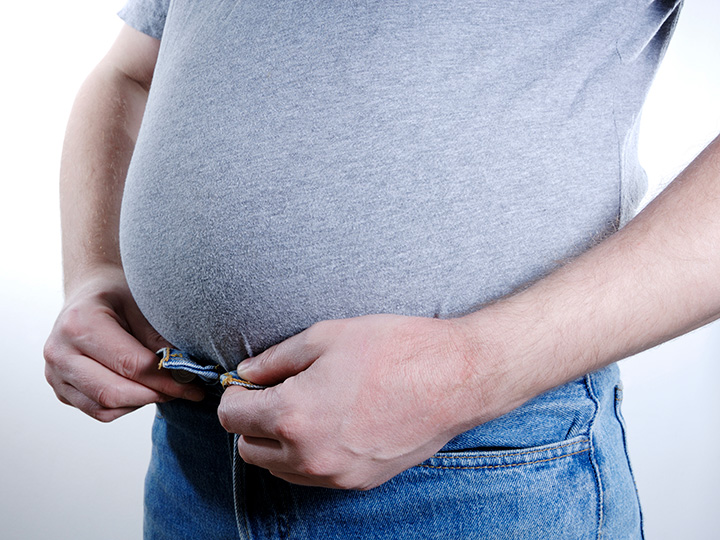Visceral Fat: What it is and How to Lose it

One of the most common changes people wish to make to their bodies is the reduction of belly fat. The technical name for "belly fat" is visceral fat. This type of fat resides between the organs in the stomach (and sometimes the heart). Over production occurs when an individual's diet and exercise plan becomes imbalanced. Meaning they eat too much and exercise too little. It is important to understand that this type of fat is not the same kind of fat commonly located in the hips, thighs, and buttocks. That type of fat is called subcutaneous fat (fat located beneath the skin). There is one other type of visceral fat that is located around heart. It is termed epicardial fat and may cause cardiovascular issues.
There are gender and genetic factors which can affect how a person's body reacts to weight gain. Males are more prone to gaining fat in the abdomen region while women are more prone to gaining weight around the hips, thighs, and buttocks. As with many elements of our bodies, fat storage is determined by genetic factors. Some individuals are more prone to weight gain than others. Genetics can also affect the location of where this fat is stored.
How To Lose Visceral Fat
There is no silver bullet that will instantly help one lose visceral fat. It requires a well-balanced nutritional program in addition to performing a variety of exercises that will help promote muscle growth and burn fat. The worst thing one can do is execute a variety of abdominal exercises and expect the fat to melt away. The body does not work this way.
Start a healthy nutritional program by cutting out sugars and processed foods. Soda, sweets, and non-whole grain breads are your enemy. These types of carbohydrates are too easily processed which allows your body to store additional fat as opposed to burning it for energy. Your exercise program should include a total body workout, not just exercises designed to target the abdominals. A study was conducted by the University of Virginia1 that shows high intensity training is more effective at reducing visceral fat than a standard exercise program. The longer you can keep your heart rate elevated while performing a variety of exercises, the better results you will receive.
Sources:
1Effect of exercise training intensity on abdominal visceral fat and body composition: Department of Human Services, Division of Endocrinology and Metabolism, University of Virginia, Charlottesville, VA, USA. - http://www.ncbi.nlm.nih.gov/pubmed/18845966




